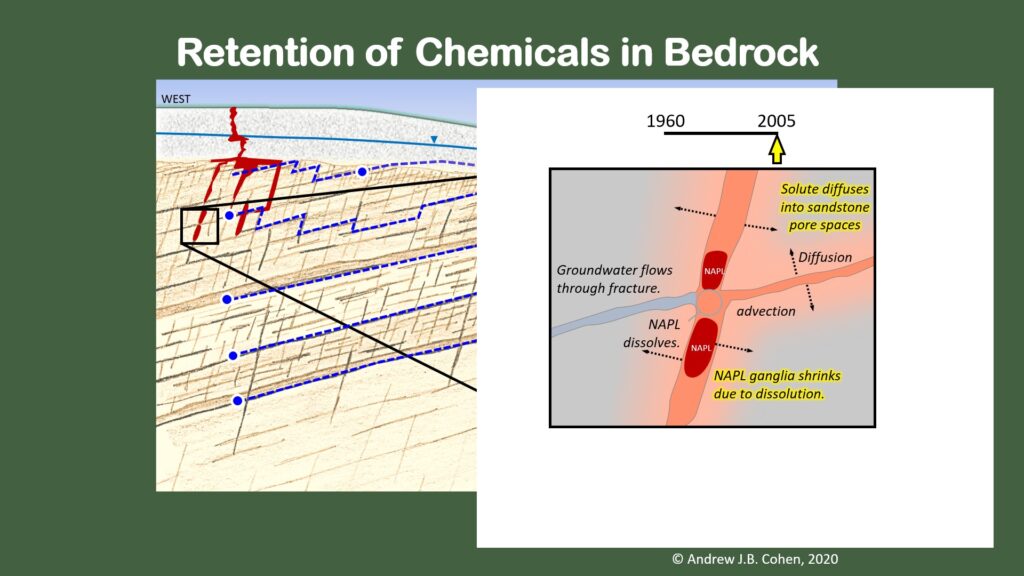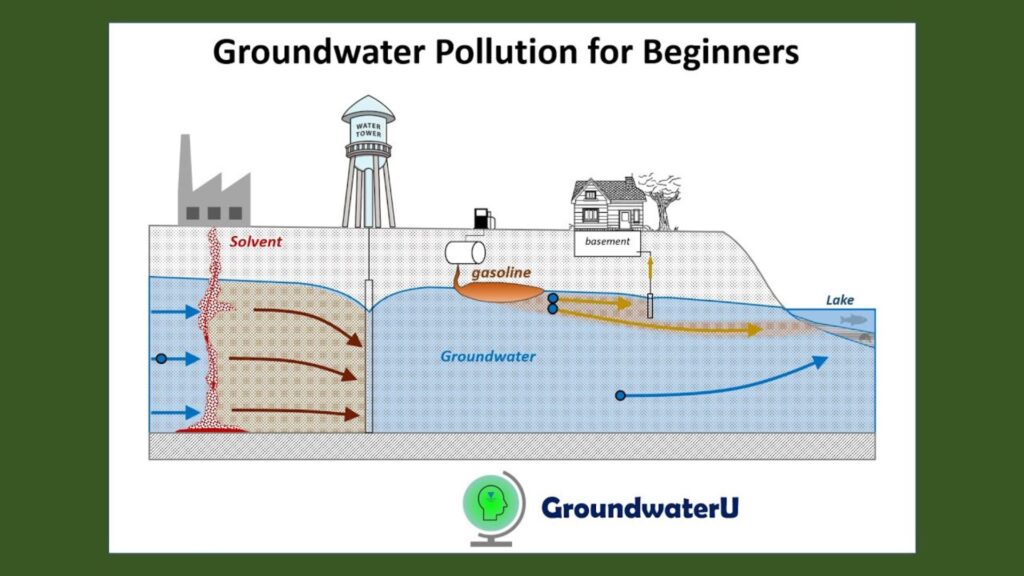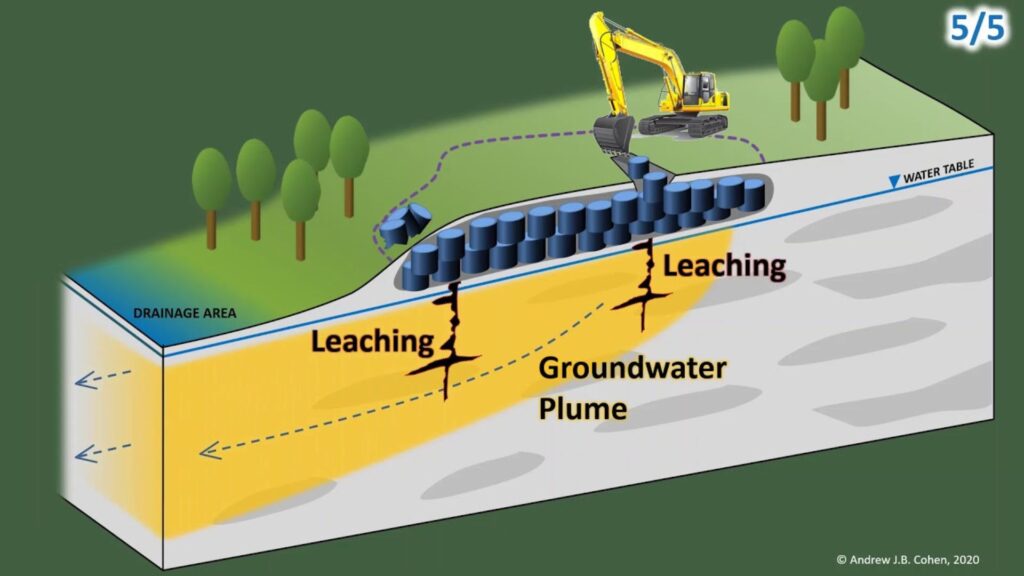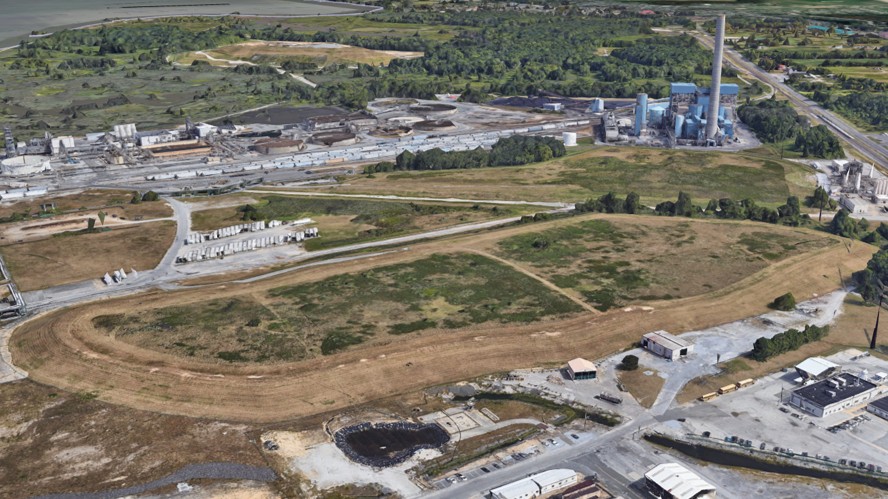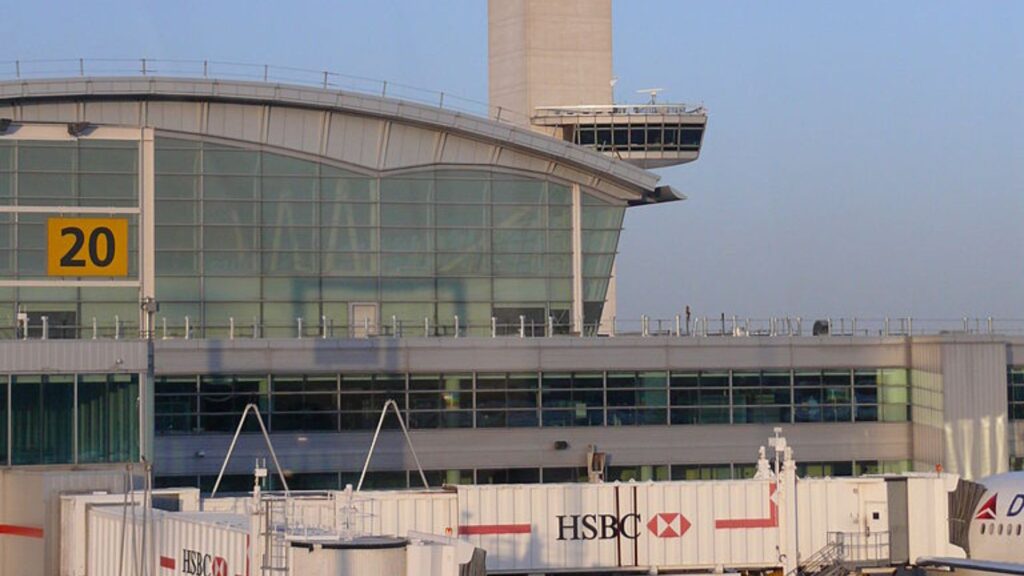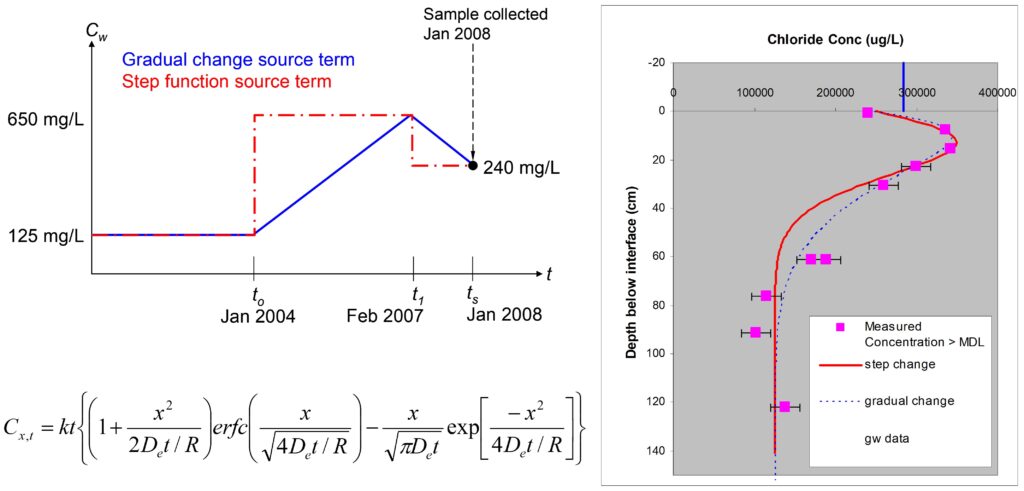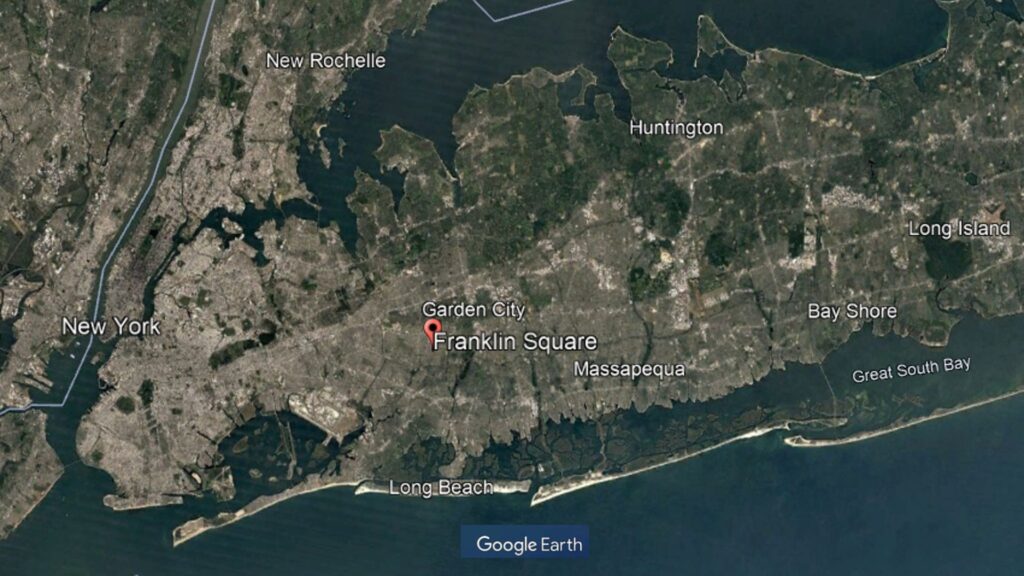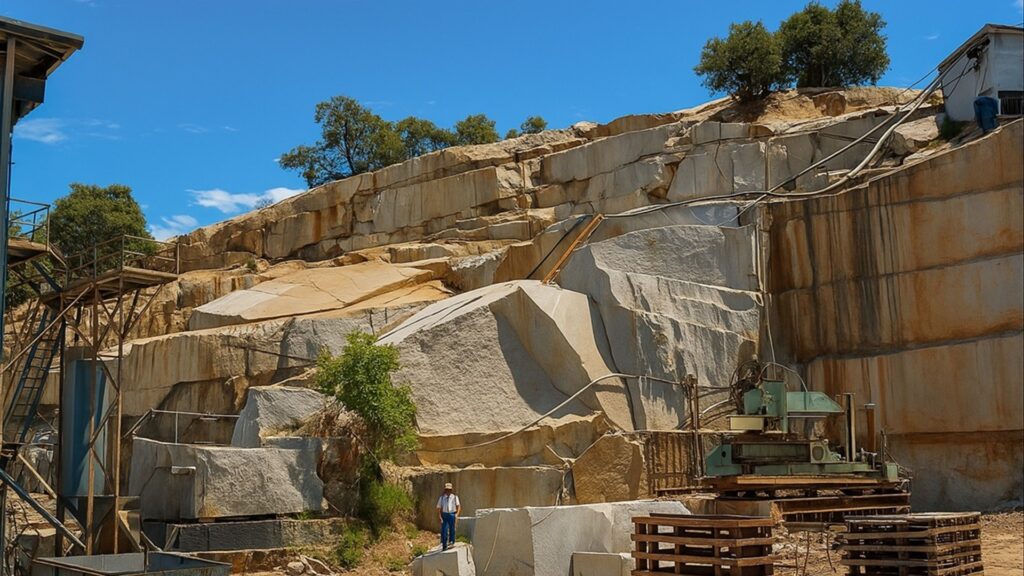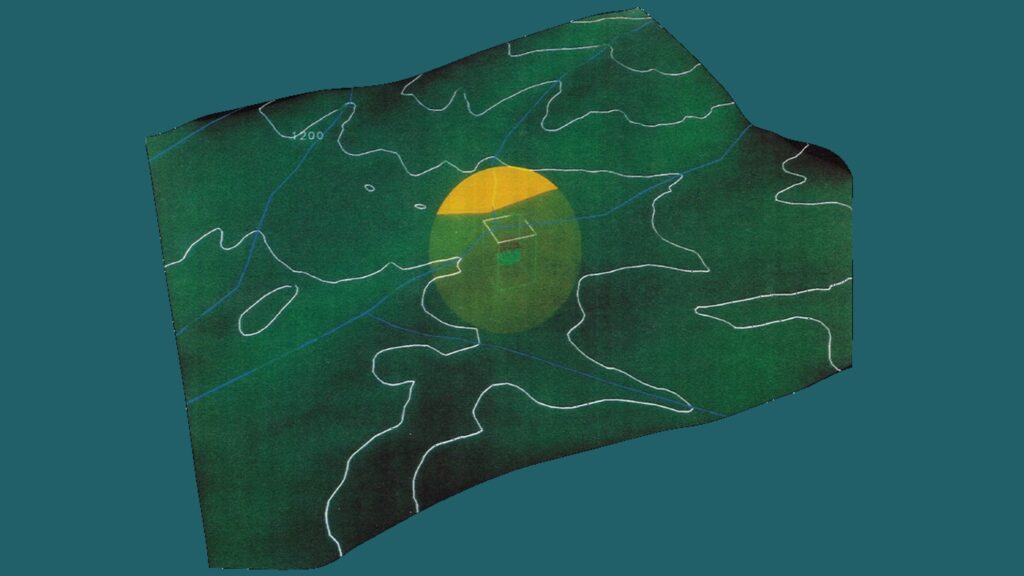Animation of DNAPL Contamination in a Fractured Rock Aquifer
This animation illustrates some fundamentals of dense non-aqueous phase liquid (DNAPL) transport in fractured rock. A unique aspect of this video is that the animation is created using a custom animation technique without the use of complex groundwater modeling software. This cost-effective method provides a clear, intuitive way to communicate site conditions to stakeholders, making it an attractive […]
Animation of DNAPL Contamination in a Fractured Rock Aquifer Read More »

